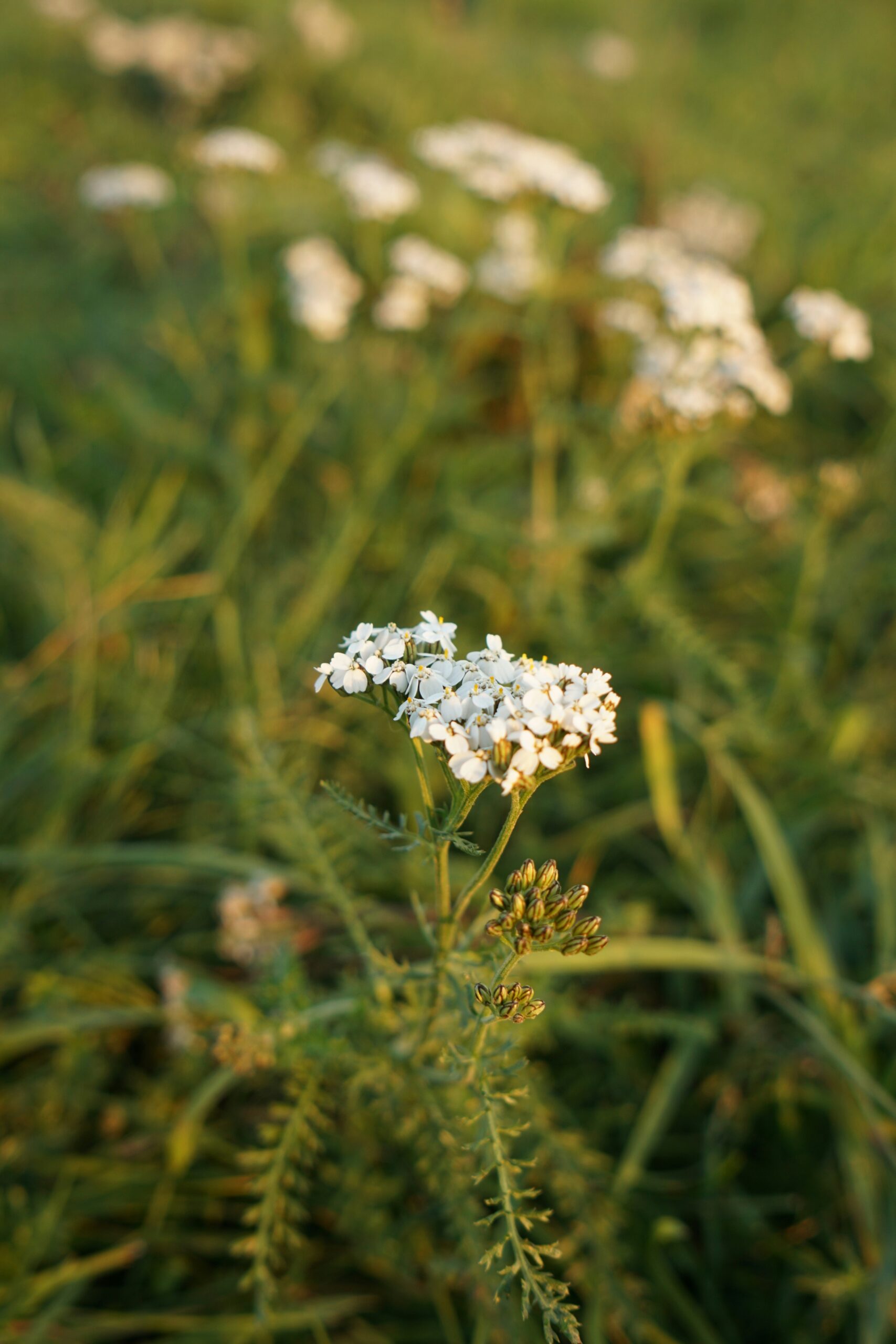Best Vegetables to Grow in your Backyard in California (By Region): A Practical Guide for Home Gardeners
California’s diverse climate allows residents to grow a wide variety of vegetables in their backyard gardens, but choosing the right crops depends heavily on the specific region. Central Valley, coastal, and Southern California zones each support different vegetables, and timing is key for success. Selecting region-appropriate vegetables is the most effective way to boost yields and enjoy a more productive garden.
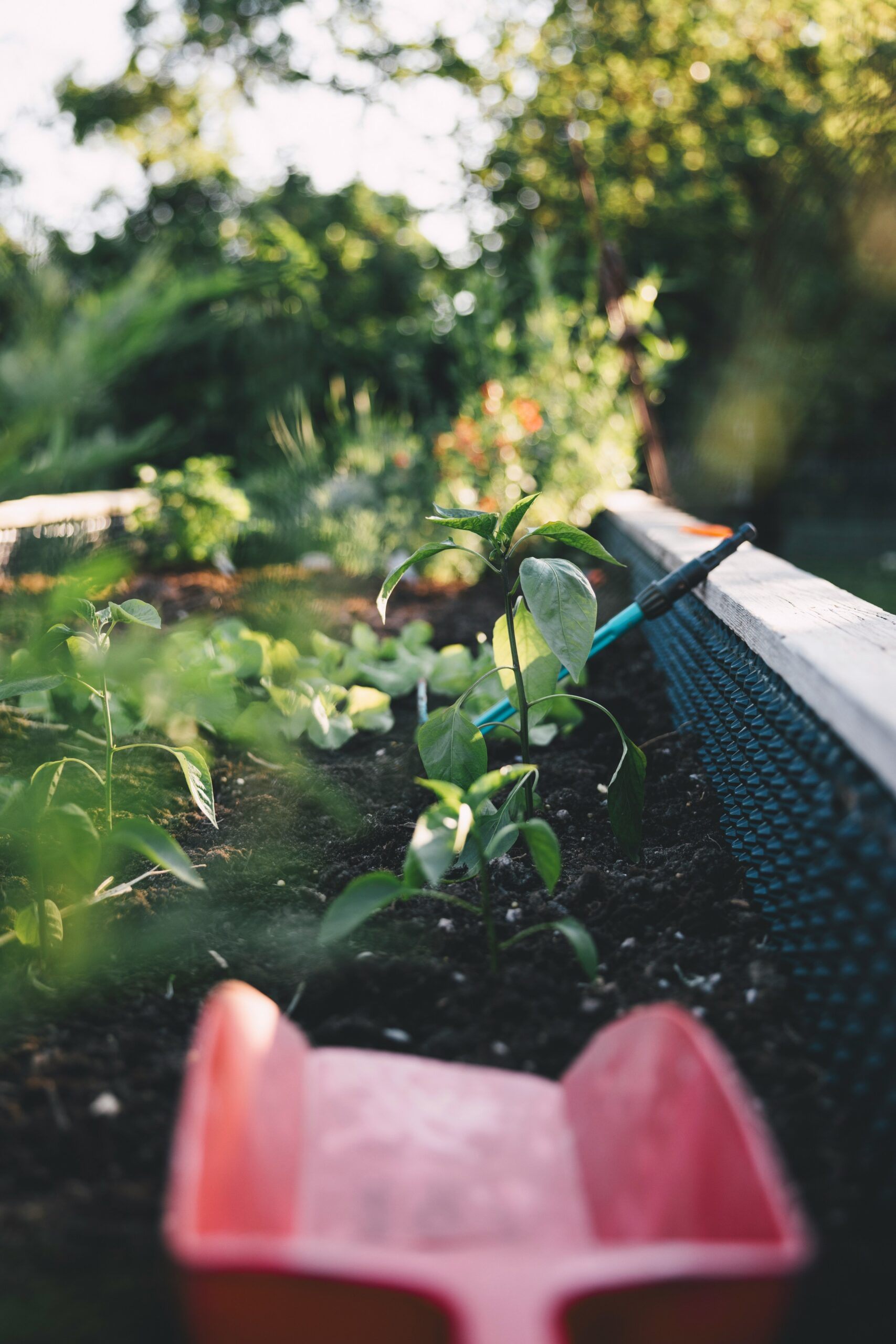
Gardeners in Southern California benefit from a longer growing season that supports warm-loving crops like tomatoes, squash, and cucumbers, while those in cooler northern regions can focus on crops such as broccoli, lettuce, and carrots. Regional guidance makes planting choices simpler and increases the chance of fresh harvests spring through fall.
Learning about the best vegetables to plant by region in California helps gardeners match their local climate to the most suitable crops. This approach reduces the guesswork and leads to thriving backyard gardens throughout the state.
Best Vegetables to Grow in your Backyard in California (By Region): A Practical Guide for Home Gardeners
Understanding California’s Growing Regions
California's diverse geography includes a range of climates, from cool coastal areas to hot inland valleys. Selecting vegetables best suited for each region increases productivity and success in home gardens.
Northern California Gardening Zones
Northern California includes areas like Sacramento and the North Coast, with USDA zones typically ranging from 5 to 9. Winters are cooler and often wetter, especially along the coast and in higher elevations. Frost can be a significant factor, so gardeners must pay attention to first and last frost dates.
Popular vegetables for this region include leafy greens, brassicas, carrots, and peas. Beans and squash thrive in the warmer valleys during summer. Sacramento’s Mediterranean climate allows for extended cool-season planting, with root crops performing particularly well during fall and early spring.
Gardeners should use mulch to retain moisture and reduce weed competition. Short growing seasons at higher elevations benefit from starting seeds indoors or selecting early-maturing varieties.
Central California Microclimates
Central California sits between coastal and inland extremes and features a series of microclimates affected by fog, wind, and proximity to the ocean. The region includes fertile agricultural valleys and cities such as Fresno, Modesto, and parts of the Bay Area.
Key microclimates include:
- Coastal valleys: Moderate temperatures, occasional morning fog.
- Inland valleys: Hot summers, less rainfall, cooler winters.
Tomatoes, peppers, and melons do well in the hot, dry interior valleys. Leafy greens and brassicas can be grown nearly year-round along the coast. Windbreaks and shade cloth may help mitigate intense sun or wind in exposed locations.
Understanding these microclimates helps gardeners select vegetable varieties that match local temperature and humidity patterns. Detailed local planting guides from university cooperative extension offices provide tailored advice for these varied conditions.
Southern California Unique Conditions
Southern California covers Los Angeles, San Diego, and surrounding counties. This region is characterized by warm, dry summers; mild winters; and long frost-free periods. Coastal marine layers often provide morning cloud cover, while inland areas can experience intense heat.
Gardeners in Los Angeles and San Diego benefit from USDA zones 9 to 11. Warm-season vegetables like tomatoes, eggplants, and beans thrive from early spring through fall. In coastal areas, lettuce and spinach can be grown even during winter due to milder temperatures.
Water conservation strategies such as drip irrigation and mulching are especially important due to low rainfall. Gardeners should also be aware of microclimates created by hills, canyons, and marine influences.

Choosing the Right Vegetables for Your Region
Selecting vegetables suited to local microclimates helps ensure strong growth and higher yields. Factors like temperature patterns, season length, and proximity to the coast all impact which crops will thrive.
Cool-Season Vegetables
Cool-season vegetables perform best in fall, winter, and early spring across California. These crops include broccoli, cabbage, carrots, cauliflower, onions, lettuce, and peas.
They prefer daytime temperatures between 55°F and 75°F. For inland and northern areas, planting in late summer or early fall allows for harvest before the summer heat begins. Along the coast, the mild climate permits nearly year-round cultivation of these crops.
Direct seeding typically works well with carrots and peas. Transplants are commonly used for broccoli and cauliflower. These vegetables can handle occasional frosts, making them a reliable choice for gardeners looking to maximize cooler months.
Warm-Season Vegetables
Warm-season vegetables need steady warmth and long days of sun. Common varieties include tomatoes, peppers, squash, beans, corn, cucumbers, and melons.
These crops should be planted after the last expected frost date, as they are sensitive to cold. Inland valleys offer the warmth necessary for tomatoes, peppers, and melons to reach full flavor and size. Beans and squash grow quickly once soils warm above 60°F.
Consider preparing soil with compost for best results. Consistent watering, especially during flowering and fruiting, supports strong production. Heat-loving choices provide abundant harvests from late spring into the fall and are ideal for most of California’s lengthy summers.
Vegetables for Coastal Areas
Coastal California’s cool, foggy summers and mild winters make it unique among growing regions. Lettuce, broccoli, carrots, peas, and cabbage thrive here all year due to the lack of extreme heat.
Since temperature swings are minimal, crops less tolerant of high heat, such as cauliflower and onions, perform reliably. Beans and squash can be grown in summer, but tomatoes and melons may struggle unless garden spots receive extended sunshine.
Gardeners should select disease-resistant varieties to handle occasional excess moisture. Container or raised bed planting can also help improve drainage in coastal soils. Visit the Vegetable Gardening Basics page for more growing tips in these
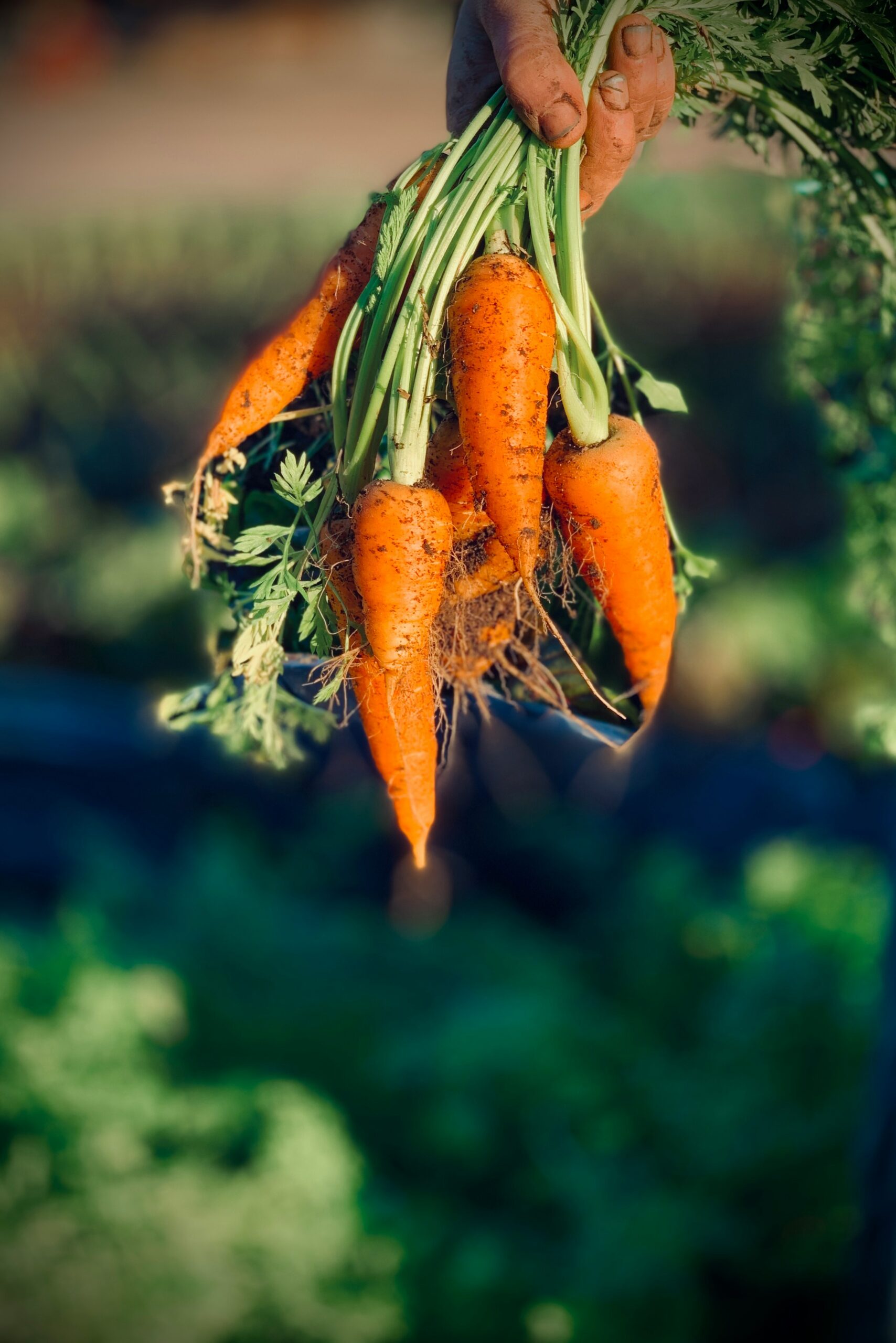
Top Vegetables to Grow in Northern California
Northern California’s climate allows for a diverse range of vegetable crops. Mild winters and cool summers favor leafy greens and root vegetables, while certain hardy crops thrive during warmer periods.
Best Cool-Season Crops
Cool-season vegetables grow especially well due to the region’s moderate temperatures. Leafy greens like lettuce, spinach, and kale offer continuous harvests and resist early bolting. Collards and Swiss chard also establish quickly and provide dense nutrition throughout much of the year.
Peas and broccoli are well-suited to start in fall and spring; they excel in temperatures between 45°F and 75°F. Leeks and onions can be started as sets or transplants for strong yields. Growing endive and fennel is effective, but these crops need sufficient moisture for optimal texture.
Succession planting of these greens ensures a steady supply. Mulching and shade cloth help extend the growing period into warmer months.
Heat-Tolerant Varieties
Some vegetables provide excellent harvests even as summer temperatures climb. Chard and kale are notable for their ability to withstand brief heatwaves, while still producing crisp, flavorful leaves.
Tomatoes, peppers, and squash succeed in areas where summer highs regularly exceed 80°F. However, shade-loving greens like lettuce may bolt faster and require careful timing or protection. Eggplant and cucumbers are also viable options but need consistent watering and pest management.
It’s beneficial to group heat-tolerant crops where reflected heat (near walls or fences) can help them ripen faster. Direct seeding in early summer maximizes their resilience.
Root Vegetables for Success
Root crops thrive in Northern California’s often loose, well-drained soils. Carrots and parsnips are favorites for their sweet flavor and ability to grow deep taproots when soil is not compacted. Beets and turnips mature quickly and can be planted in succession every few weeks for ongoing harvests.
Potatoes are best started from certified seed potatoes and require mounding to encourage tuber formation and reduce disease risk. Onions and leeks also perform well when given consistent moisture and full sun throughout the day.
For optimal results, sow root crops directly into garden beds, ensuring soil is free from large clumps or rocks.
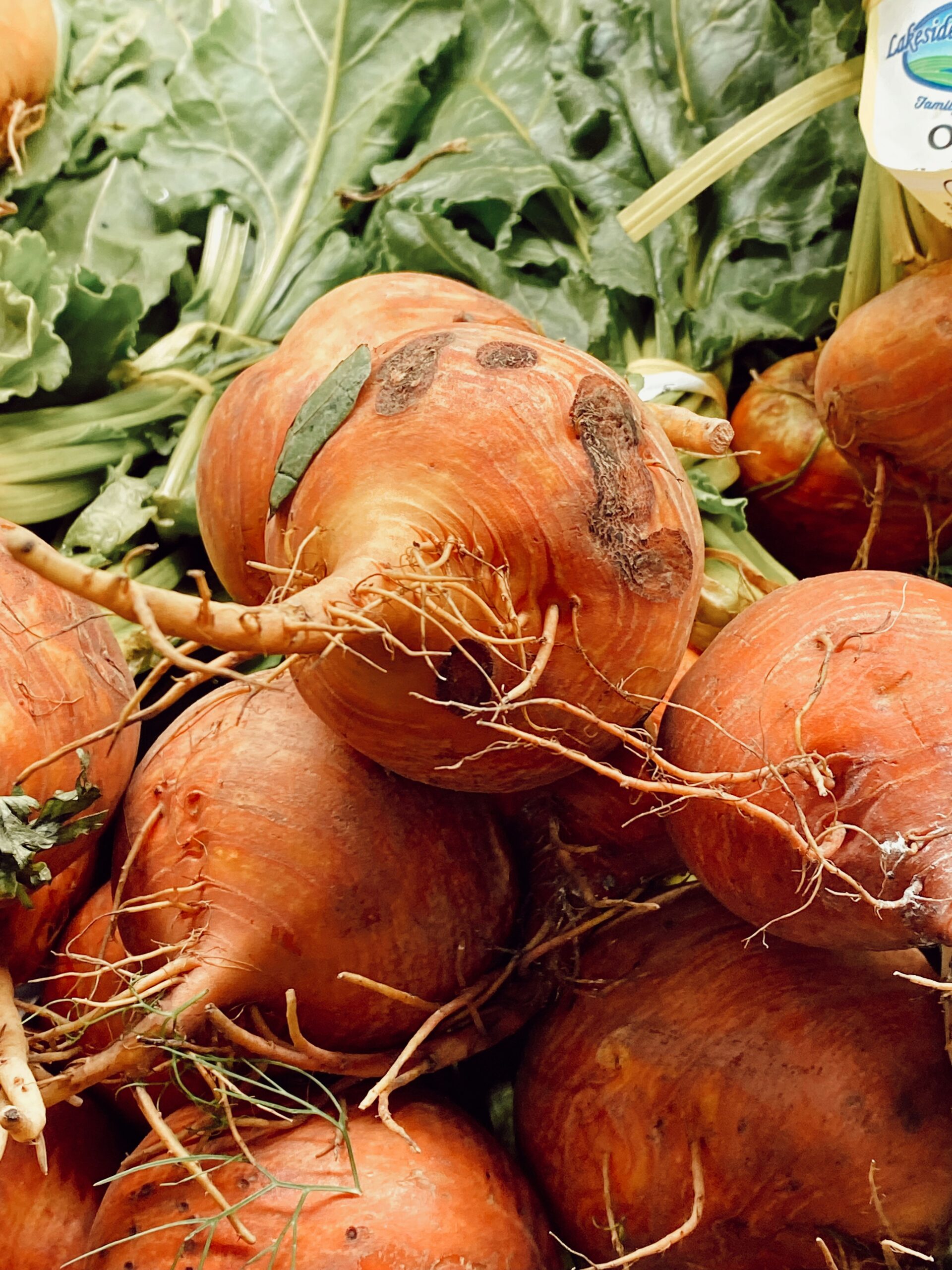
Best Vegetables for Southern California Gardens
Southern California’s long growing seasons and mild winters allow gardeners to select from a large variety of vegetables. The most successful crops typically tolerate heat, use water efficiently, and produce over multiple months.
Heat-Loving Vegetables
Vegetables that thrive in South California’s warm climate provide high yields and resist summer stress. Tomatoes perform exceptionally well and can be planted from early spring through late summer. Peppers, both sweet and hot, benefit from warm nights and grow reliably across the region.
Squash varieties like zucchini and yellow squash mature quickly and keep producing with regular harvesting. Gardeners often choose eggplant for its tolerance of heat and rich flavor. Okra prospers in mid to late summer and continues until the first cool nights arrive.
Melons and watermelon require full sun and consistent watering. When planted in well-draining soil, these crops can produce large, flavorful fruit throughout the warmest months.
| Vegetable | Days to Maturity | Notes |
|---|---|---|
| Tomatoes | 60–90 | Good for all soil types |
| Peppers | 70–85 | Heat increases spiciness |
| Eggplant | 70–90 | Best in full sun |
| Okra | 50–65 | Prefers consistent warmth |
| Watermelon | 75–90 | Needs space for vines |
Drought-Resistant Options
Due to limited rainfall, drought resistance is crucial. Beans (especially bush and pole types) adapt well to less frequent watering and continue producing throughout the warm months. Collards tolerate dryness and heat, maintaining their texture through multiple harvests.
Pumpkins and gourds have deep root systems that help them access subsurface moisture. These plants are well-suited to periods of infrequent rain if the soil is amended with organic matter.
Brussels sprouts are notable for their resilience; when planted in late summer, they can take advantage of fall's milder temperatures and reduced rainfall. Mulching and using drip irrigation can help maximize water efficiency and plant vigor.
Key drought-smart tips:
- Apply mulch around plant bases.
- Water early or late in the day to minimize evaporation.
- Space plants to allow airflow and reduce disease.
Continuous Harvest Crops
To maximize yield in modest-sized spaces, Southern California gardeners benefit from crops that provide ongoing harvests. Bush and pole beans are productive options that can be picked every few days to encourage more flowers and pods.
Zucchini and other summer squash varieties also excel with regular picking. Removing young fruit helps the plant focus on producing more blossoms, extending the harvest window for several months.
Collards and leafy greens like chard regrow after being cut, allowing for repeated harvests without replanting. Gardeners can stagger plantings every few weeks to ensure there is always something ready to pick in the garden.
These approaches make it possible to enjoy continuous harvests in Southern California gardens, supporting both fresh eating and steady kitchen supply.
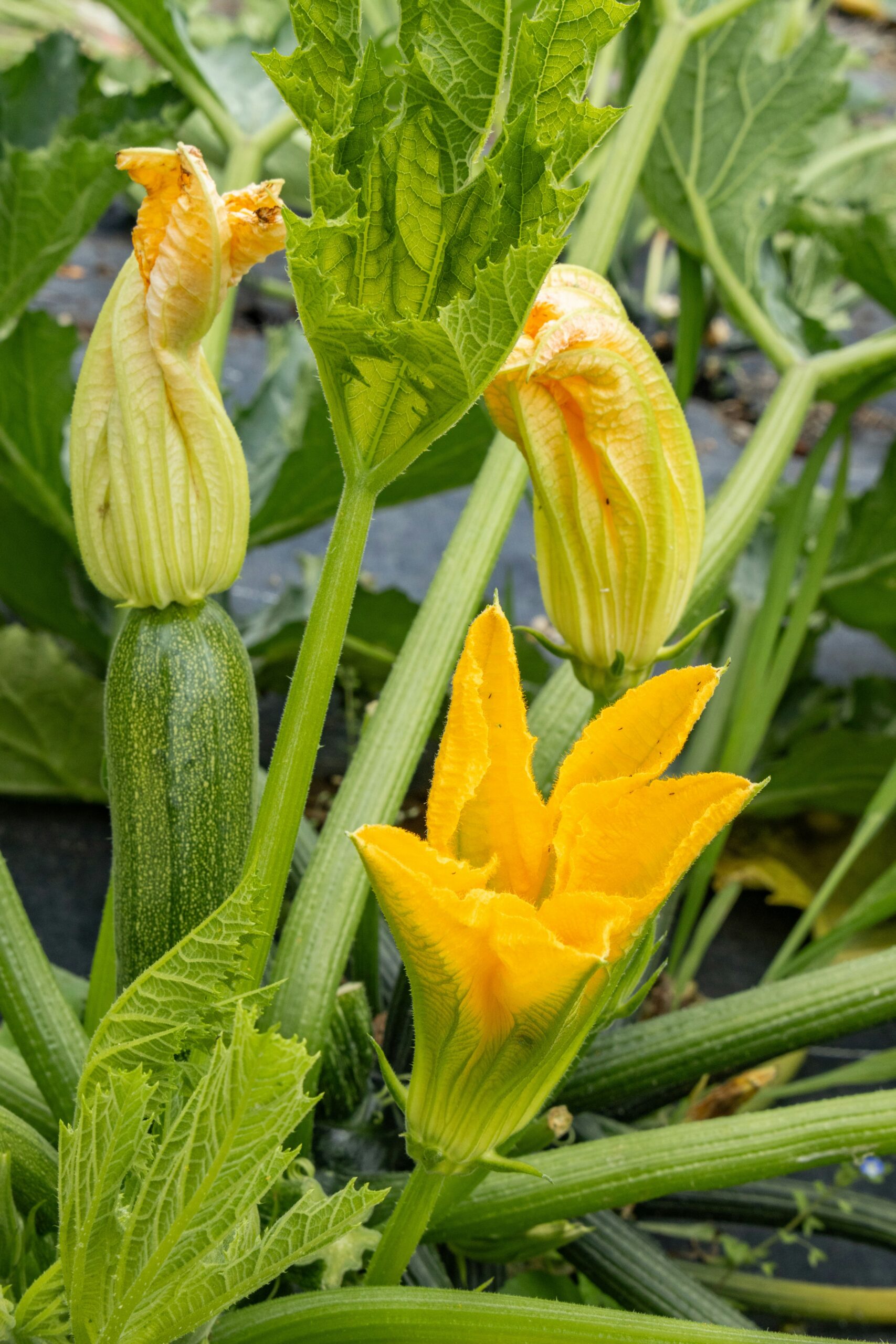
Selecting Vegetables for Central California
Central California’s climate favors a wide range of vegetable crops, from heat-loving fruiting plants to cool-season greens and hardy root vegetables. Success depends on choosing varieties suited for both the region’s hot summers and mild winters, as well as the local soil conditions.
Adaptable Greens
Lettuce, kale, spinach, and chard perform well in Central California because of their ability to handle both mild frosts and the region’s warmer spring temperatures. These greens can be direct-seeded in late winter or early spring, allowing for fresh harvests before the peak summer heat.
Loose-leaf lettuces mature quickly and tolerate partial shade, making them a flexible option for gardeners with limited space. Spinach grows best in cooler months but can continue producing with adequate moisture. Kale is a robust green that thrives from fall through spring.
Chard stands out for its resistance to bolting and persistence throughout longer growing windows. Harvesting these greens regularly encourages new growth and keeps quality high. Adding compost or well-aged manure supports strong leaf development.
Popular Fruit Vegetables
Tomatoes, beans, and cucumbers are top choices for fruiting crops in Central California. Tomatoes benefit from full sun, warm conditions, and deep, well-drained soil. Early spring planting of transplants typically gives the longest harvest period before midsummer heat stresses the plants.
Beans—especially bush and pole varieties—germinate quickly after the last frost. They fix nitrogen in the soil, making them beneficial for crop rotation. Cucumbers need consistent irrigation, mulching, and at least six hours of direct sun to produce the highest yields.
Eggplant and peppers are also viable, but tomatoes and beans produce reliably across the region according to local gardeners and regional recommendations. Staggered sowing ensures a steady supply throughout the season.
Root Vegetables for Central Conditions
Root crops such as beets, carrots, radishes, and onions are generally well-adapted to Central California’s soils. Sandy or loamy soil that has been worked to remove stones produces the straightest roots. Carrots and beets thrive when sown directly in the ground during the cooler months of early spring or fall.
Radishes grow rapidly and provide fast results, making them suitable for sequential planting every few weeks. Onionscan be planted either from seeds, sets, or transplants, with varieties like yellow and red onions performing best. Consistent watering and thinning are key for good root formation.
Recommended planting times for these crops help avoid the hottest part of summer, which can hinder growth. Season extension tools like row covers further increase planting flexibility.
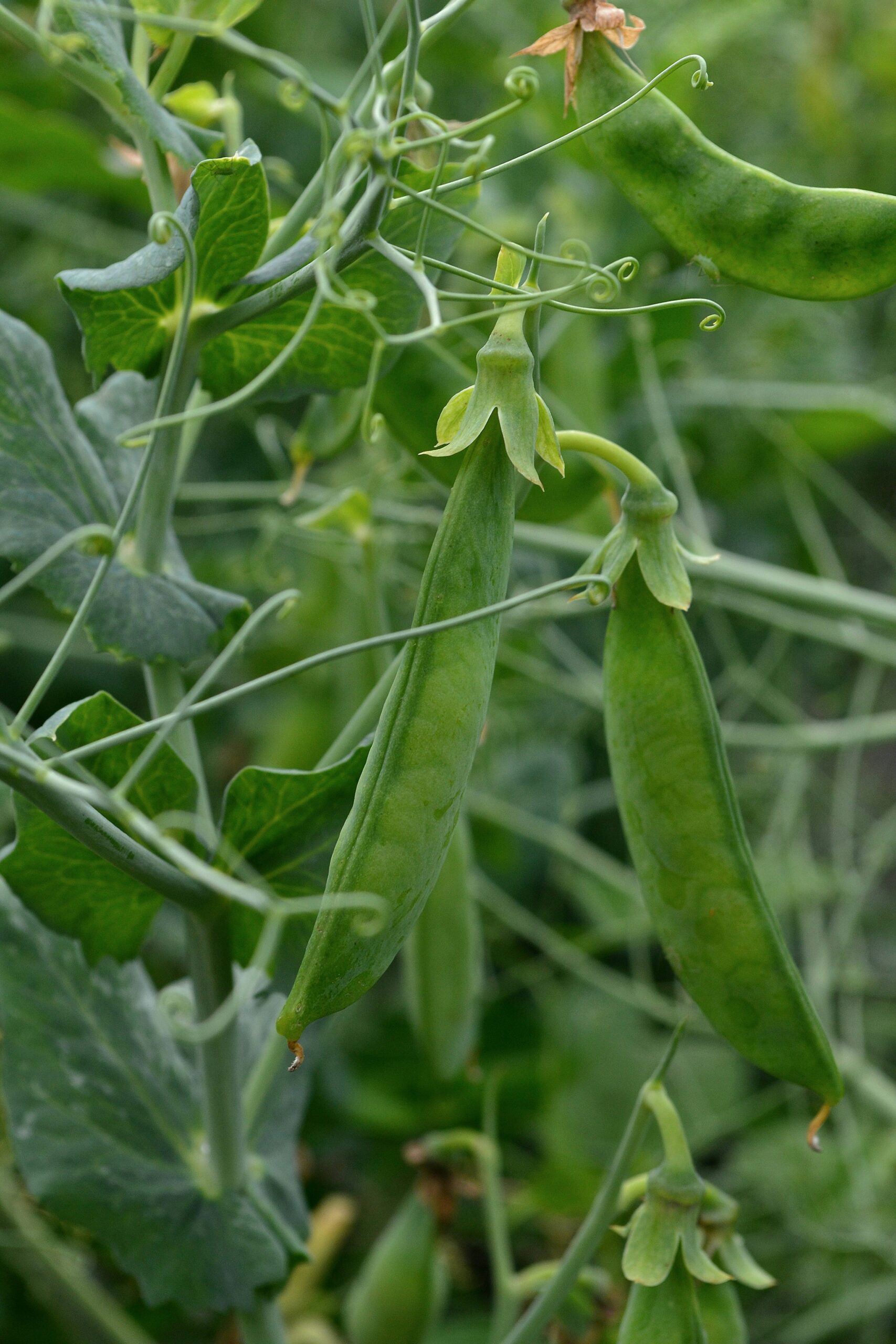
Seasonal Planting and Frost Dates in California
Vegetable gardening in California depends on understanding local frost dates, planting windows, and how to schedule repeated crops. Careful planning for spring and fall based on the unique climate ensures healthy plants and higher yields.
Understanding Last and First Frost Dates
California's frost dates vary across regions, with coastal areas seeing mild winters and inland valleys experiencing more dramatic temperature swings. The last frost date marks the end of winter's risk for tender seedlings, while the first frost date signals when the growing season ends. In Los Angeles, the last frost date is typically around February 1, with the first frost date near December 15.
Knowing these dates is crucial for starting vegetable seeds. Warm-weather crops like tomatoes and peppers should go in the ground after the last frost, while cool-season crops such as lettuce and spinach can be planted earlier or later into autumn. Timing based on local climate data reduces plant loss and encourages vigorous growth. Gardeners in regions with long frost-free seasons can enjoy nearly year-round harvests.
Seasonal Planting Calendar
The planting season for vegetables in California shifts by region and microclimate. In general, cool-season vegetables—including spinach, broccoli, and peas—are planted from fall through winter, with sowing possible as early as August and as late as March in mild areas. Warm-season vegetables such as beans, squash, and corn are best started between April and June when soils have warmed after the last frost.
Here's a simplified planting table for reference:
| Vegetable | Planting Window (Typical) |
|---|---|
| Lettuce, Spinach | Aug–March |
| Tomatoes, Peppers | After Feb–April |
| Squash (Summer) | April–June |
| Broccoli, Peas | Sept–Feb |
Tracking local calendars and using proven schedules help ensure optimal timing for seed starting and transplants.
Continuous Planting Tips
For a continuous harvest, gardeners can stagger plantings every 2-3 weeks of fast-growing crops like lettuce, radishes, and green beans. This avoids crop gluts and keeps the pantry supplied.
Succession planting extends the garden's productivity. After harvesting early crops, the freed-up space can be replanted with another quick-maturing variety. Cool-season vegetables can be sown again in late summer for a fall harvest once the heat subsides and before the first frost date arrives.
Mulching and careful planning around frost dates helps keep soil temperatures stable and makes it easier to keep up with the planting schedule. Building in reminders for replanting at key intervals streamlines the process and maximizes use of the growing season for most vegetable seeds.

Specialty and Unique Crops for California Home Gardens
California’s climate allows gardeners to experiment with crops that are challenging to grow in many other parts of the country. From rare root vegetables to distinctive perennial favorites, these choices add diversity and flavor to the home harvest.
Uncommon Root and Stem Vegetables
Gardeners in California can grow several lesser-known root and stem crops that do well in mild winters and warm summers. Kohlrabi is a unique, crisp vegetable in the cabbage family that thrives in cooler months. Leeks, another cool-weather favorite, develop their signature mild, onion-like flavor when planted in rich, well-drained soil.
Jerusalem artichokes, also known as sunchokes, are knobby tubers with a nutty flavor. They are drought-tolerant and suited for California’s dry regions. These tubers are perennial and can spread widely, so gardeners may want to plant them in a controlled area.
Peanuts can also be grown in Southern and Central California. They require a long, warm growing season and sandy soil. Home gardeners appreciate that peanuts fix nitrogen in the soil, benefiting future crops.
Artichokes, Asparagus, and Rhubarb
Artichokes are well adapted to California’s coastal and central regions, where fog and cool summers help produce large, tender buds. This perennial can be highly productive for several years if mulched heavily and watered consistently. The variety ‘Green Globe’ is popular and widely grown.
Asparagus is another perennial vegetable that thrives in California’s Central Valley and cooler coastal areas. Unlike annual crops, asparagus takes several years to establish but rewards patient gardeners with decades of spring harvests. Proper bed preparation and patience are key for strong yields.
Rhubarb prefers areas with cooler winters but can succeed as a specialty crop in many parts of Northern and coastal California. It needs fertile soil and consistent moisture. Although commonly thought of as a fruit, rhubarb’s tart stalks are used in pies and preserves.
Unusual Warm-Season Crops
Home gardeners can also try unique warm-weather crops with California’s long growing season. Peanuts thrive in well-drained, sandy soils and need about 120 frost-free days. Southern California gardeners have the best luck with this legume, which produces edible seeds underground.
Jerusalem artichokes tolerate heat and are easily grown in inland and southern regions. Their tall stalks and yellow flowers add an ornamental touch in addition to their edible tubers.
Beyond the basics, adventurous gardeners might plant okra, malabar spinach, or luffa gourds. Each of these warm-season options grows vigorously and provides interesting textures and flavors for the home table.
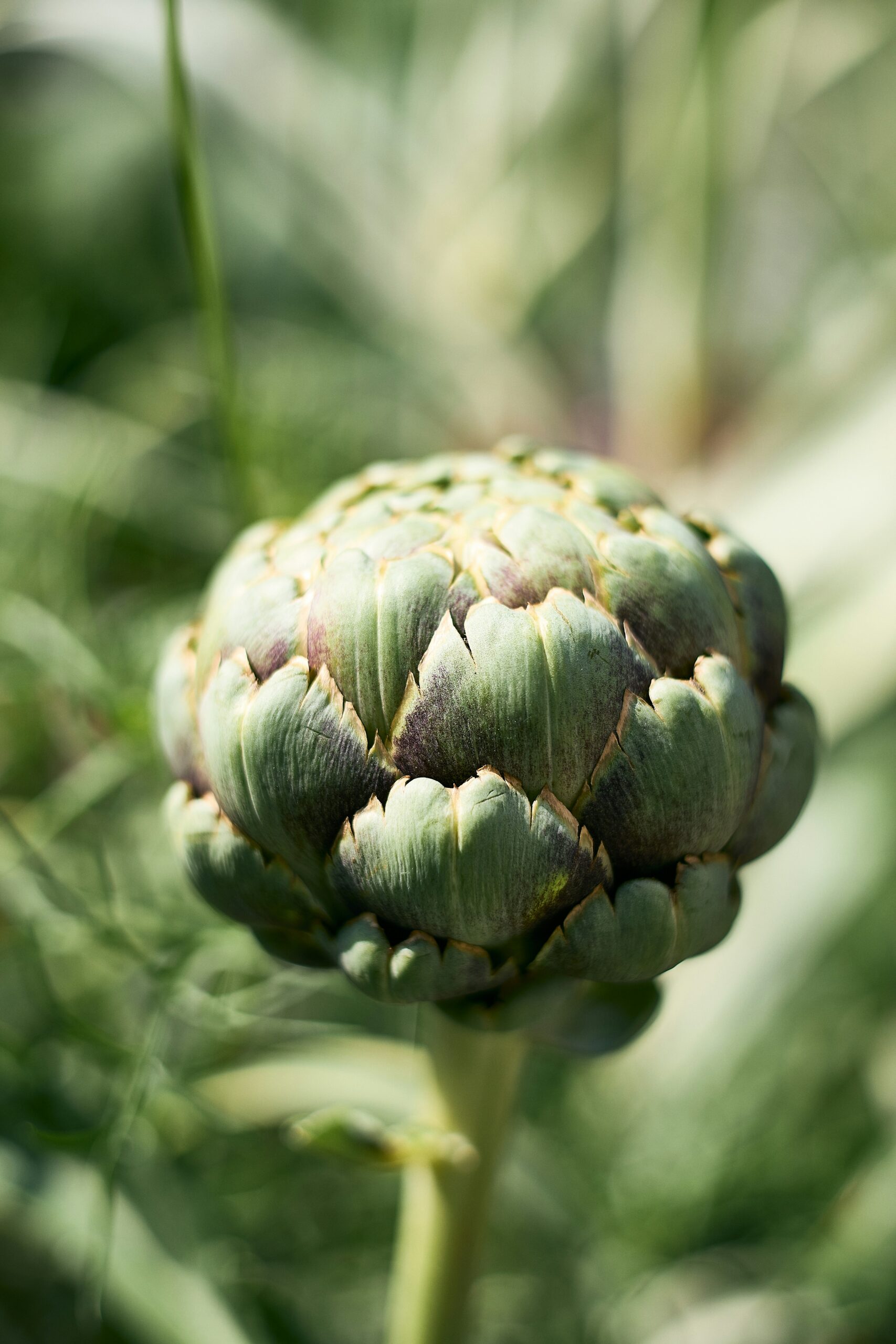
Companion Plants, Herbs, and Flowers for Vegetable Gardens
Planting compatible herbs, flowers, and vegetables supports better yields, pollination, and natural pest control. Choosing the right combinations also helps reduce the need for chemicals and creates a balanced garden environment.
Beneficial Herbs and Garden Flowers
Many common herbs can improve vegetable garden performance by deterring pests or attracting helpful insects. For example, basil helps repel mosquitoes and flies, making it a practical companion for tomatoes and peppers. Oregano and thyme spread low to the ground, suppressing weeds in between taller crops. Parsley acts as both a culinary staple and habitat for beneficial insects like hoverflies and ladybugs, which prey on aphids.
Adding garden flowers boosts biodiversity. Marigolds are widely appreciated for their ability to repel nematodes and other soil pests. Sunflowers work as living stakes for climbing beans and offer some shade for heat-sensitive greens. For a continually colorful border, try cosmos, coreopsis, and tithonia; these drought-tolerant flowers attract pollinators while brightening up garden beds.
| Plant | Primary Benefit | Additional Note |
|---|---|---|
| Basil | Repels mosquitoes, flies | Good with tomatoes |
| Parsley | Attracts hoverflies | Feed for swallowtail larvae |
| Sunflower | Provides support | Attracts pollinators |
| Marigold | Repels nematodes | Deters beetles |
| Cosmos | Attracts pollinators | Low maintenance |
Attracting Pollinators and Improving Yields
Ensuring the presence of pollinators is crucial, especially for crops like squash, cucumbers, and melons. Planting coreopsis, tithonia, cosmos, and sunflowers creates a steady display of blooms, drawing bees and butterflies to the garden. These flowers offer pollen and nectar, improving fruit set in many vegetables.
Herbs such as thyme, mint, and oregano provide early-season flowers that support bees before larger annuals come into bloom. Their compact growth also makes them suitable for edges or containers. For better tomato and pepper yields, intersperse flowering herbs and annuals to attract pollinators directly to these crops. These strategies can be especially beneficial for vegetable gardens in Southern California.
Tips for Plant Health and Pest Control
Careful placement of companion plants helps break up pest cycles. Nasturtium functions as a trap crop, drawing aphids away from beans and squash. Scented herbs like rosemary and lavender deter a variety of insect pests without the need for synthetic sprays. For brassicas, scatter borage nearby to reduce leaf-eating caterpillars.
Interplanting fragrant herbs, such as sage and mint, can mask the scent of nearby vegetables, making it harder for pests to locate their hosts. Alternating rows of vegetables with marigolds or other deterrent flowers supports overall garden health and adds visual appeal. For further reading, find plant-specific companion suggestions summarized in vegetable-focused companion planting charts.





